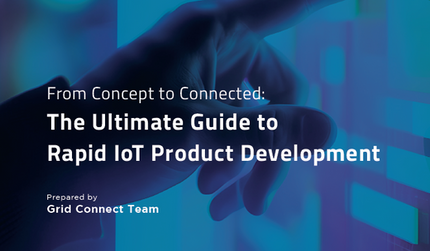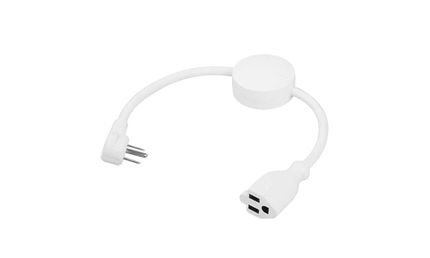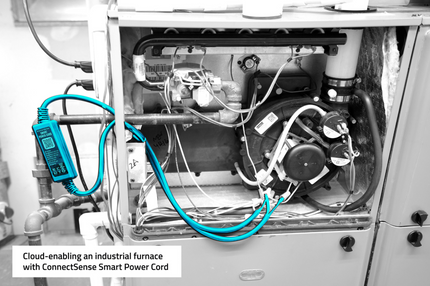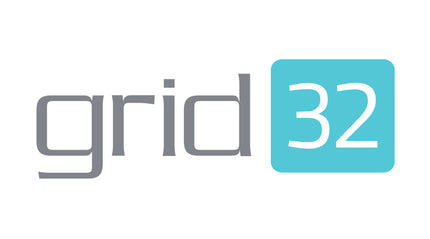
Let’s Connect at CES 2025: Build Your Next IoT Success Story with Us
Ready to bring your IoT product vision to life? Meet us at CES 2025 to explore how we can help you launch a connected product in under 12 months.
Select products now include tariff fees—these will be shown as a separate line item at checkout.

Ready to bring your IoT product vision to life? Meet us at CES 2025 to explore how we can help you launch a connected product in under 12 months.

This free, comprehensive ebook is designed specifically for those tasked with transforming a non-IoT product into a connected IoT product. It’s not just theory—it’s a tactical guide that reveals how to go from idea to production-ready product in as little as 12 months.

By following a few best practices when designing IoT products, it becomes possible to improve the overall security of your device and make a hack much less likely.


Internet-enabled devices have weaved themselves into every part of the modern home. From smart light bulbs to doorbell security cameras, virtual assistants to elaborate work-from-home setups, seamless connection to the web is more important than ever before. However, as we all have experienced at some point, connection disruptions can cause problems. They can range from the merely annoying, like having to go without social media for a short time, to costly and dangerous, like home security systems going down, leading to a robbery.

In machinery of all types, electric current leaks prove a common, but inefficient and costly, occurrence. That energy doesn’t have to go to waste, though. With the right smart device, leakage current can provide information that results in optimal efficiency and minimal equipment failures

Grid Connect, Inc. and Real Time Automation® (RTA®) have partnered to bring original equipment makers a new embedded module that serves as a universal translator for enabling serial devices (RS-232, 422, 485, SPI, I2C) to communicate via protocols such as EtherNet/IP, Modbus TCP, PROFINET, BACnet/IP and others. OEMs also gain the capability to push data from plant-floor and field devices to analytical and business applications via OPC UA and MQTT.

The Internet of Things (IoT) is gaining a lot of traction as the importance of high-tech sensor modules are being focused on as an integral part of smart technology. The funding in these sensors have increased in a manner that is nearly three times larger than in the past decade. This means that more developers and consumers are realizing the limitless potential of sensors and what they mean for the IoT. A lot of devices currently have sensors, but if a device is able to actually act on the data collected through sensors, technology will be substantially more powerful and efficient.

The Internet of Things (IoT) is composed of an assortment of connected devices, but without cloud computing services, these devices wouldn’t have much more functionality than the standard household device. This is because the cloud allows devices to outsource the analysis and storage of any data that is collected through their connected sensors. The cloud’s internet-based computing methods act as the brain for IoT devices, removing the boundaries of inter-device, memory and space constrictions.

The human eye is a remarkable organ, but it lacks the ability to see some of the smaller particles in the world around us, such as germs, allergens, and other general pollutants. Water and air are two things that everyone interacts with on a daily basis, but how much do we really know about the quality of our air and water? Technological advancements with devices such as the Wynd, which can help consumers monitor air quality, and the Limpet, which assists users in monitoring water purity, have given peoplethe ability to be aware of the things they are exposed to in different environments.
Get our monthly newsletter for product and technology updates